Anole Lizard Aggression – Neil Losin (2011)
We humans rarely have punch ups with each other to decide who will mate. However, an anole lizards life is frequently interrupted by brawls. Neil Losin is an evolutionary biologist from UCLA who studies aggressive behavior among anole lizards. Anole lizards not only have punch ups among each other (intraspecific aggression) but they also have such interactions with other species (interspecific aggression). This is when things get even more interesting. In less than 10 minutes this documentary outlines the research […]

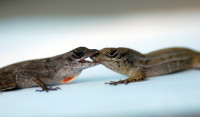
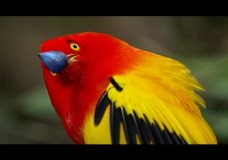
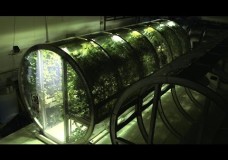
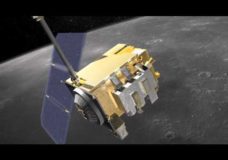

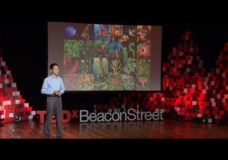
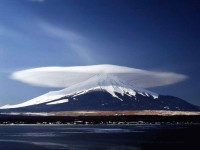
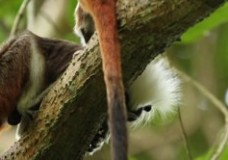
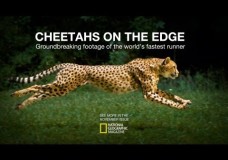
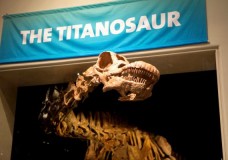
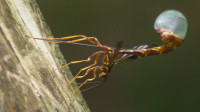
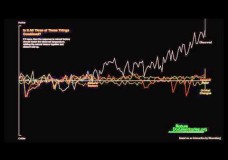
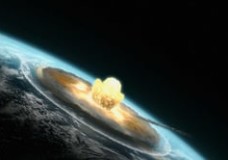



Recent Comments